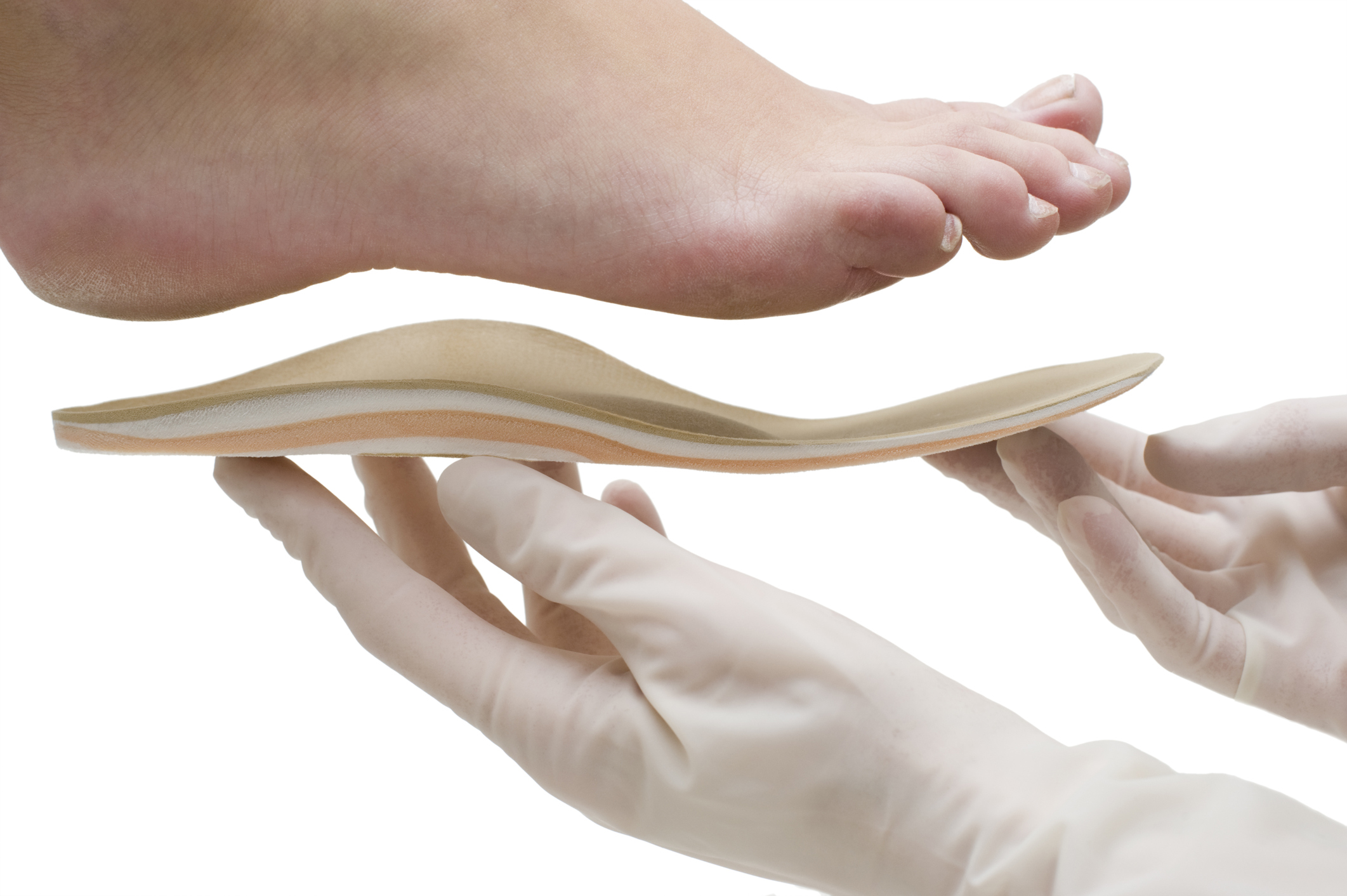Shoe inserts that are designed to make walking or standing more comfortable for people who experience discomfort when they’re on their feet. They might seem like the answer to all of your problems, but do you really need them? If you do need them, what kind do you need?
What Will Orthotics Do?
Everyone is different, from our heads to our toes. Orthotics are designed to balance and correct imperfections in the feet that may cause complications. Orthotic insoles are designed to fit inside of a shoe, customized to provide support in the areas where your feet might need a little extra help.
Many people who need orthotics and don’t use them will experience leg or back pain after prolonged periods of standing, walking, or running. Your feet are responsible for keeping your skeleton upright when you walk. If your feet are unable to efficiently do the job without added stress, strain, or pressure, this can lead to bigger problems down the road.
The correction and support provided by foot orthotics, when combined with proper care to address any underlying medical issues, reduces the potential for discomfort.
What Kind Of Feet Benefit From Orthotics?
People come in all shapes and sizes – including our feet. Every foot requires a different kind of support, while some feet don’t require any support at all. A very limited percent of the population actually has ideal feet. To some extent, everyone can benefit from some kind of orthotic insert.
Neutral Feet
Neutral feet have just the right amount of arch. People with neutral feet are less likely to experience discomfort with regular physical activity. These feet maintain their shape, whether they’re touching the ground or above it. If you were to look at a neutral foot’s footprint in the sand, the entire shape of the foot would be left behind, with the middle of the foot being present, but only lightly imprinted to reflect a healthy arch.
People with neutral feet don’t technically need foot orthotics, though some may choose to use them if they’re frequently on their feet, such as in athletics or an active career. These kinds of inserts are great for minimizing the normal aches and pains that come with overuse.
Flat Feet
True flat feet are very rare. Many people who believe they have flat feet actually have pronated feet. The biggest distinguishing factor in flat feet is that the arch is not present regardless of how the foot is moved or positioned. From heel to toe, these feet are completely smooth and flat on the bottom while walking, standing, or even sitting with the feet elevated.
Truly flat feet have no arch, which helps balance and weight distribution. These feet need more support in the center to restore proper alignment to the spine and muscles in the leg.
High Arches
High arched feet won’t leave a complete footprint. The toes and heels will be present, while the center of the foot is conspicuously absent. People with high arches typically find most shoes that aren’t athletic shoes to be uncomfortable, especially when worn for prolonged periods of time. This is because weight distribution heavily burdens the toes and heels. People with high arches often feel aches and pains in their hips and knees.
Orthotics for people with high arches are created to support the foot while promoting better balance and weight distribution.
Supinated Feet
Supinated feet are tricky. They appear to be high arched feet at first glance, but the entirety of the foot is affected. These people walk mainly with the outer perimeter of their feet, as the center isn’t likely to make contact with the ground. Most people notice they have supinated feet when their shoes wear out around the edges, but the center of the shoe looks nearly new.
People with supinated feet need special custom orthotics. These feet need total support, rather than support concentrated in one specific area.
Other Foot Issues
Diabetic issues, arthritis and other conditions create additional foot problems and are significantly improved with specialized orthotics.
The Difference in Custom Orthotics
No matter what kind of feet you have, they aren’t going to be the same as anyone else’s. There’s no way a generic solution can work for your unique issue. If you want to walk comfortably, the orthotics you use need to be customized specifically for you.
Our custom orthotics are specially-made devices designed to support and comfort your feet, matching the contours of your feet precisely, designed to accommodate your unique foot structure and pathology. Along with orthotics, we also create shoe modifications including build-ups, rocker soles, outflares and stretching. Our unique same day service allows those with an appointment to receive a personal evaluation and leave with their custom orthotics in the same visit.
As the only specialists in the greater Tri-Cities region to provide pedorthic services, we are pleased to offer this unique service. This means we provide custom orthotic fabrication for the prevention or improvement of painful or disabling conditions of the foot and ankle caused by disease, congenital defect, overuse or injury.





